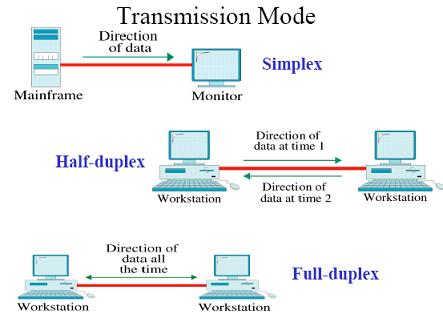Is it Half Duplex or just Duplex or maybe Simplex? And what does Full Duplex mean?
If you’ve ever asked these questions when considering telephony devices, we are happy to provide a little clarity on the subject.
Half-Duplex
In the simplest explanation, half duplex allows only one party to communicate at a time. This means, when someone is speaking, they have the floor and there is no ability for others to be heard.
A simple way to explain half duplex is to liken it to players in a soccer game; whoever has the ball has the ability to shoot or pass the ball. In the same way, people in a conference “have the ball” when they are speaking. As long as an individual continues speaking, he or she will have the rights to the channel.
If there is a break in speech, this can be considered as “passing the ball” and someone else in the conference can begin to speak and be heard by the group.
Full-Duplex
Full duplex provides simultaneous communication for the parties in the conversation. Individuals can interrupt at will, and the overlapping speech will be heard. Unlike half-duplex systems which shut down the microphones, full duplex systems build in processing specifically to allow this simultaneous communication.
These complex algorithms for processing speech are designed to handle interruption while ensuring a natural speech experience.
Scenario
When working in a full-duplex system, one needs to consider how the echo canceller performs in the system. What is an echo canceller?
Well, let’s say John in Conference Room A is talking to Sara in Conference Room B. John and Sara are both speaking at the same time, and since this is a full-duplex system, both sides of the conversations will be heard.
If John is speaking, then his audio is being played over a speaker in Conference Room B. If Sara is speaking, then the microphones in Conference Room B are picking up her audio. In addition the audio from John that is being played over the speaker in Conference Room B may also be picked up by those microphones that are picking up Sara’s audio.
An echo canceller algorithm is built such that it can sift out John’s audio from Sara’s audio such that Sara’s audio is the only thing sent over to Conference Room A for John to hear. We call this scenario double talk when multiple sides of the conference are communicating at the same time continuously.
With a half-duplex system, the benefit is that there is no echo problem because the microphone is simply not active and thus the other ends of the system are not permitted from transmitting any speech. In a full-duplex system, the product must implement some version of echo cancellation to handle sifting out noise and or speech to ensure the correct audio is sent over the microphones to the other ends of the conversation.
When considering the best system for your specific environment, you may want to understand if the systems you are evaluating provide for any interruption or is only one speaker able to communicate at a time?
A company that needs only a transmission of information without a break in or has very regulated processes for speech may be able to function with a half-duplex system.
For most users this isn’t sufficient; there is an ebb and flow to speech which requires the support for interruption. In this case, you may want to consider a full-duplex system and in particular, how the system handles interruptions in speech and echo in double talk scenarios.


